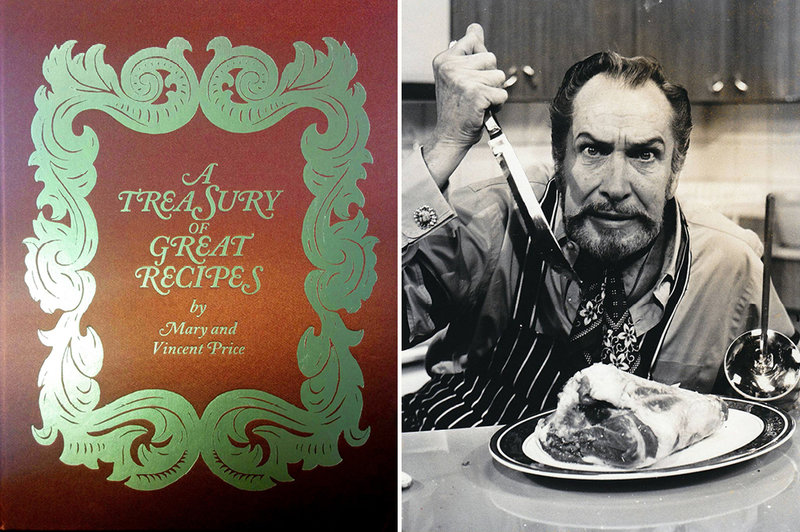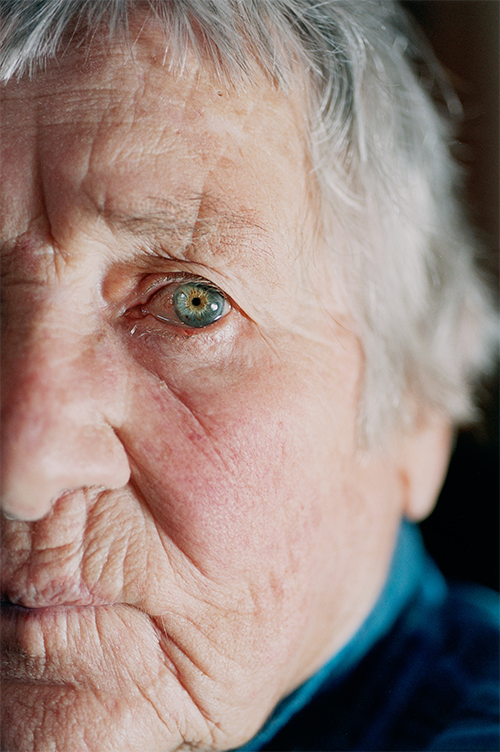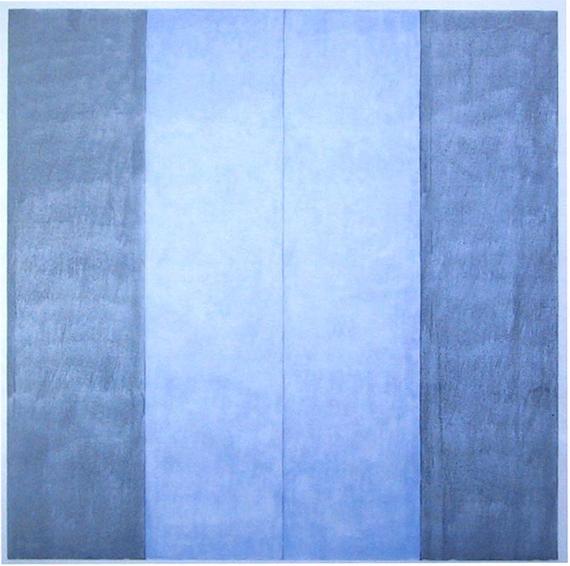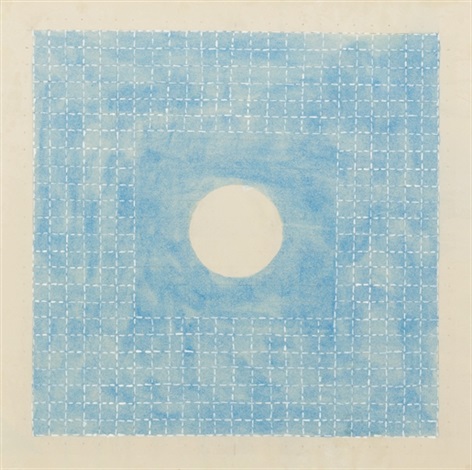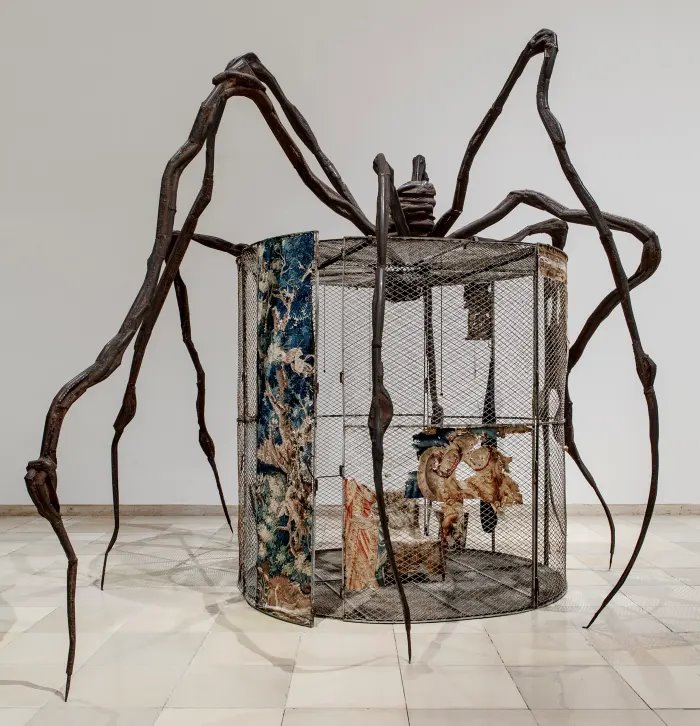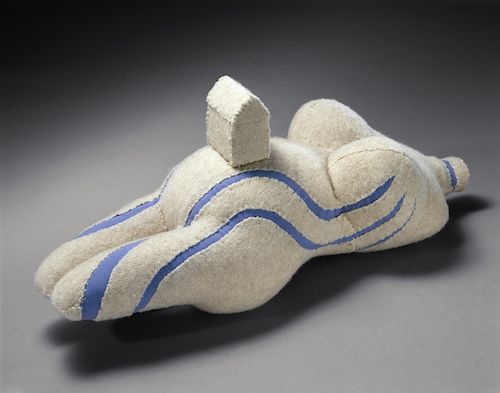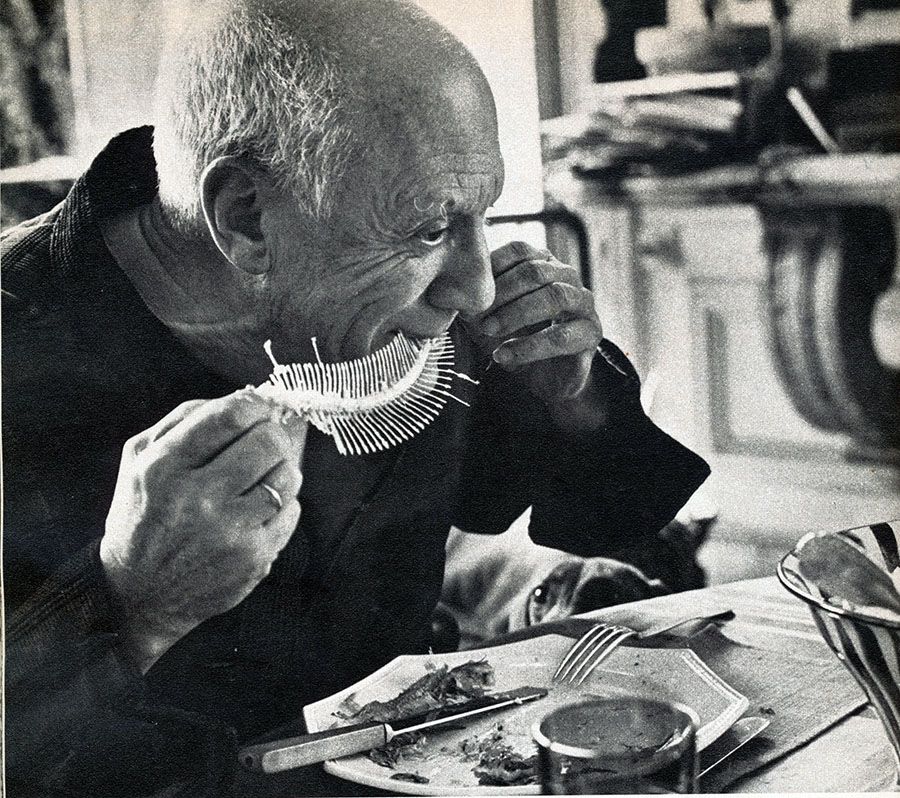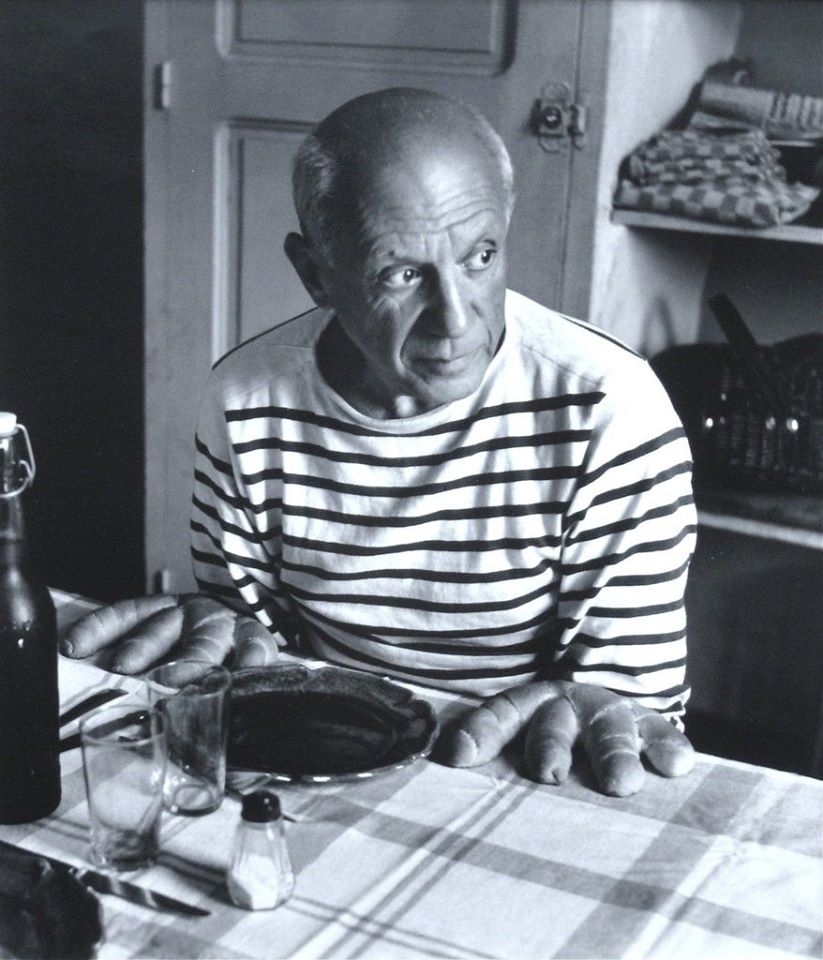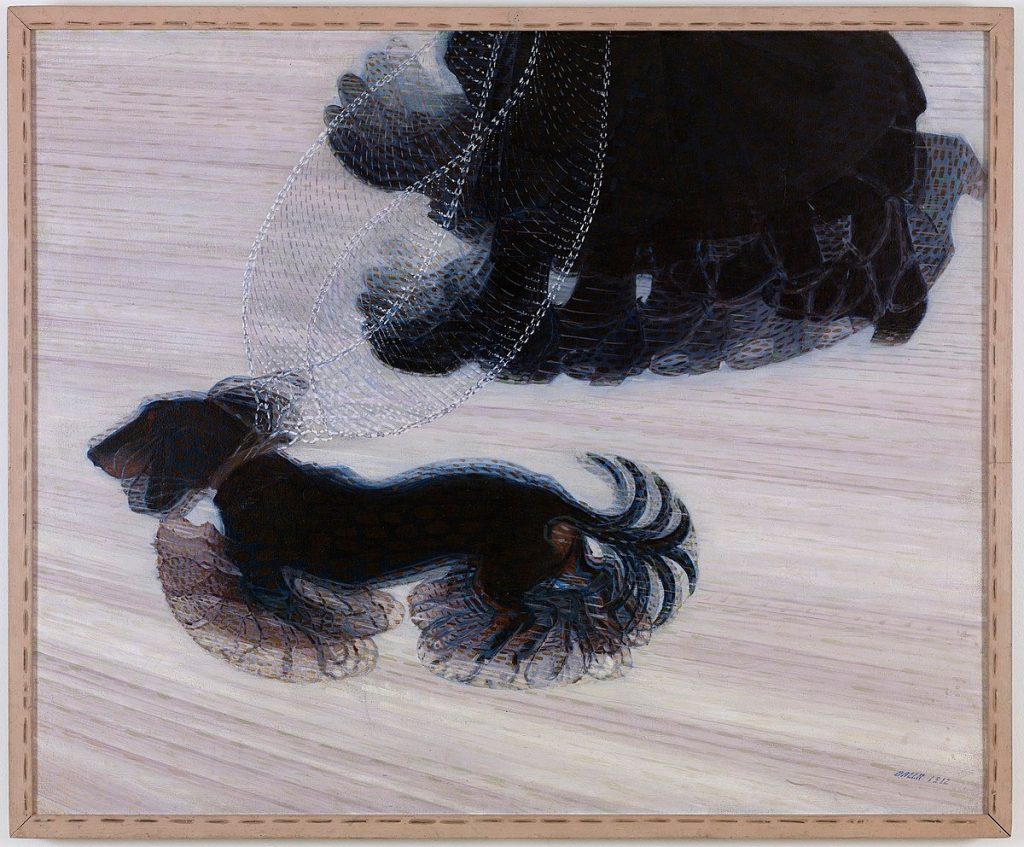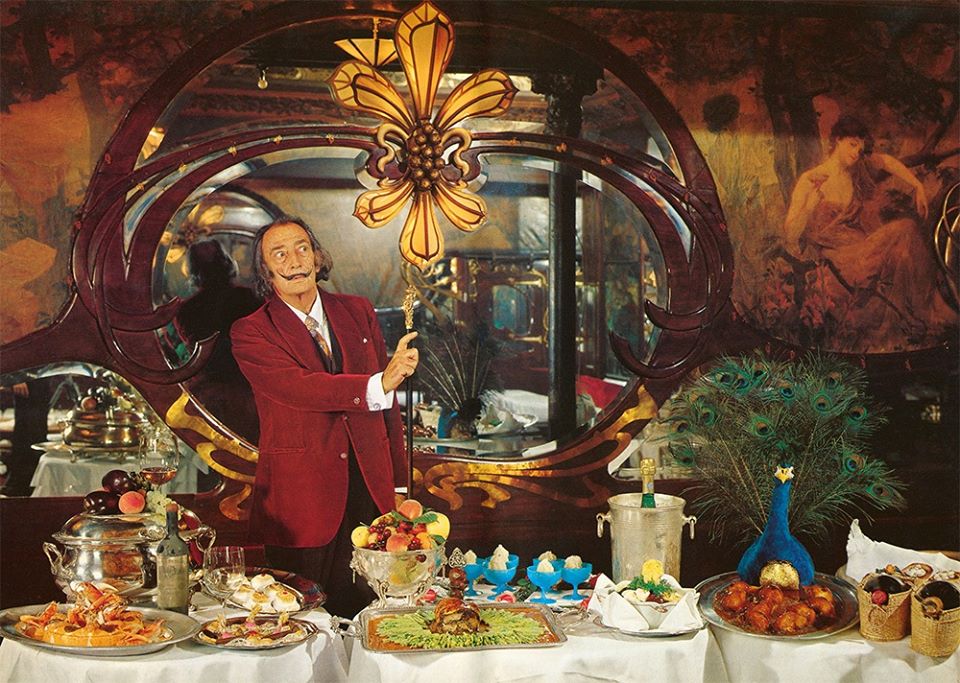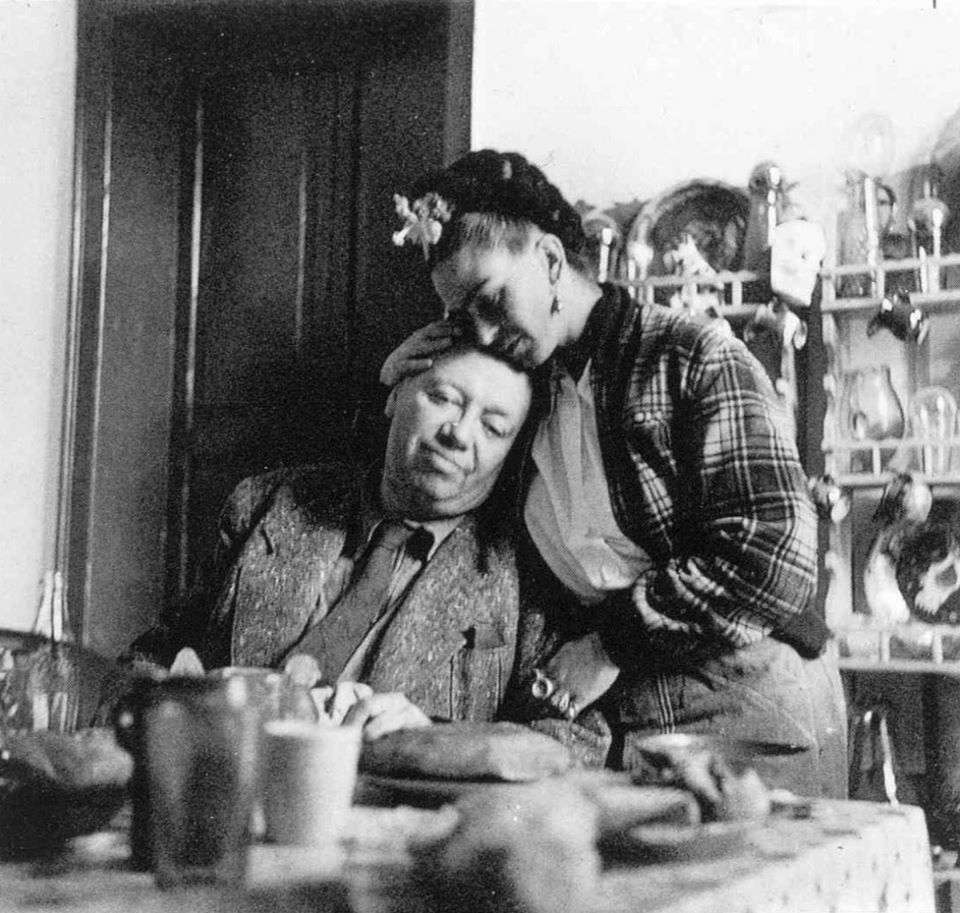What’s Cooking? Vincent Price
Vincent Price, THE star of campy horror films for six decades (House of Wax, The Tinglers, and Edward Scissorhands, etc) was also an art collector, food historian and a gourmet chef who authored several cookbooks, including A Treasury of Great Recipes and Cooking Price-Wise, which was based on his television show. In addition, Price released cooking tutorials on vinyl; and demonstrated his cooking skills on The Tonight Show with Johnny Carson, where he poached fish in a dishwasher.
Price came to cooking naturally. His grandfather invented one of the first cream of tartar-based baking powders, and his father was the president of the National Candy Company. Remarked Price, “There are three things which really turn me on…one is work, another is art and the third is food.”
Here is his recipe for the unlikely pairing of bacon and mousse. For the daring palate:
Bacon Mousse
- ½ lb. leftover bacon, finely chopped
- 4 tablespoons horse-radish sauce
- 2 tablespoons mayonnaise
- ½ teaspoon dry mustard
- 1 tablespoon gelatin
- ¼ pint cold water
- ¼ pint cream
Dissolve gelatin in the cold water. Heat for 10 minutes, add to cream and mayonnaise. Beat well together and add remaining ingredients. Mix and turn into moistened mold. You can vary this to taste—unmold onto lettuce hearts and watercress.
